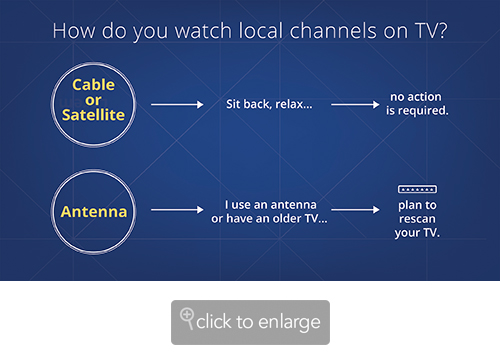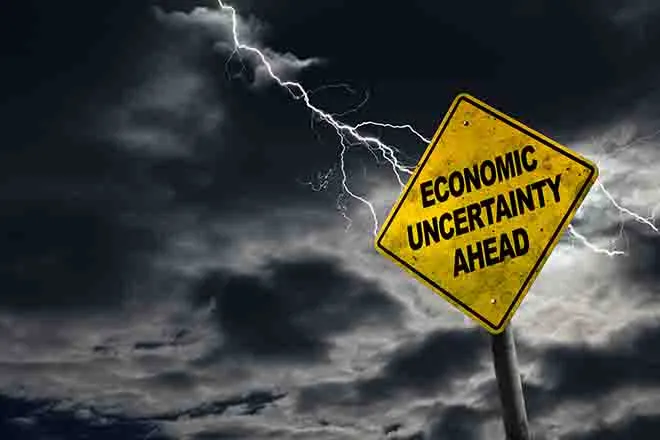
Your Broadcast TV Channels May Change Frequencies

(Family Features) If you rely on an antenna for your TV viewing, changes between now and July 2020 may affect reception of some of your channels.
As part of the Federal Communications Commission’s (FCC) work to make more airwaves available for high-speed mobile broadband services, some TV stations in cities across the United States are changing their over-the-air broadcast frequencies.
While the channel numbers you see on the TV are not changing, viewers will need to rescan their televisions to update to the new frequencies so they can continue receiving those channels. Viewers will not need to buy a new TV or purchase a converter box. Only those who use an antenna to watch local channels need to rescan their TVs; cable and satellite subscribers are not affected by these changes.
Not all channels are changing and the changes are happening on a rolling basis, so not all channels will change at the same time. Some viewers may need to rescan their televisions and converter boxes multiple times over the transition period. Viewers should look for additional announcements on local channels and rescan when those changes take place.
Consider these common transition questions to ensure you’re prepared:
How will I know it’s time to scan?
Some local TV channels will change frequencies at various times through mid-2020. Viewers should be on the lookout for public service announcements, “crawls” running across the bottom of TV screens and other notifications from local stations announcing “rescan days” on which viewers will need to rescan. Broadcasters will give viewers at least 30 days of notice that their frequency change is approaching.
A good rule of thumb is to rescan your TV anytime you notice a channel missing. If you haven’t rescanned in a while, you may be surprised by how many channels are now available.
How many people will be affected by the transition?
Millions of Americans nationwide who watch television for free with an antenna will be affected.
What is the advantage of making the frequency changes?
The benefit is that more airwaves will be available to meet consumer demand for increased mobile broadband capacity, the new 5G and other advanced high-speed mobile broadband services being developed.
How can I find out which channels are changing?
The FCC website has an interactive map that allows viewers to insert their address to see which local channels are making a transition in their market. To access the map, visit fcc.gov/media/engineering/dtvmaps.
Once you enter your location information, such as city and state or zip code, you will be able to view a list of stations in your area. Stations that are changing frequencies will have an “R” in the last column marked “IA.” Click on the station to seethe time period during which each affected station will make the change. To find the specific “rescan day” for a particular station, watch for its on-air announcements and notices or check its website for information.
For more information and tips on how to rescan, visit fcc.gov/TVrescan or call 1-888-CALLFCC (1-888-225-5322).
Photo courtesy of Getty Images

















